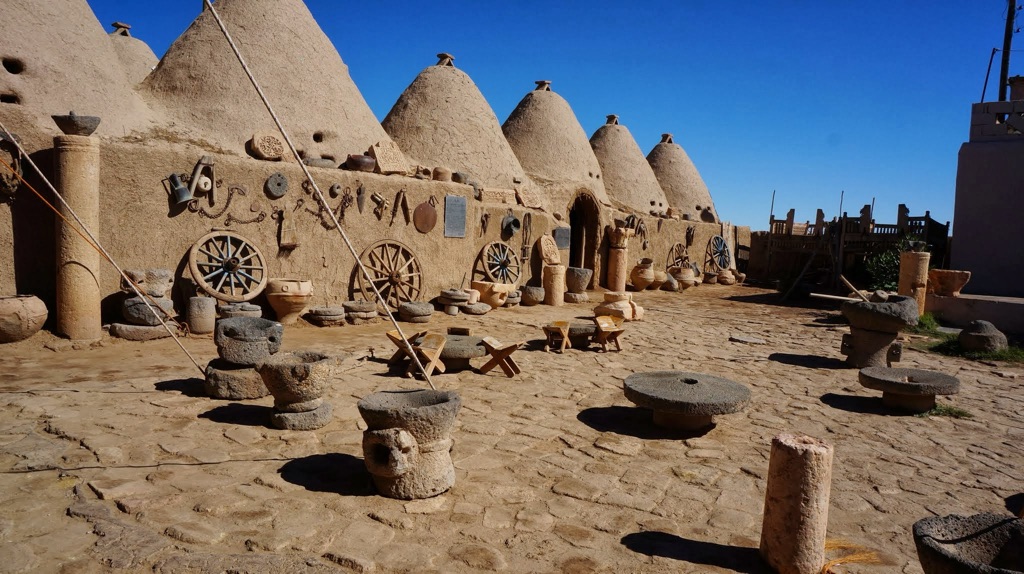Harran’s beehive houses stand as a testament to human ingenuity and adaptation. These unique structures, with their conical domes, have been a feature of the region for centuries. Made from mud bricks, the beehive shape is not just for show. It provides a practical solution to the scorching heat of southeastern Turkey. The design keeps the houses cool in summer and warm in winter. Visiting Harran gives travelers a glimpse into an architectural tradition that has thrived in harmony with nature.
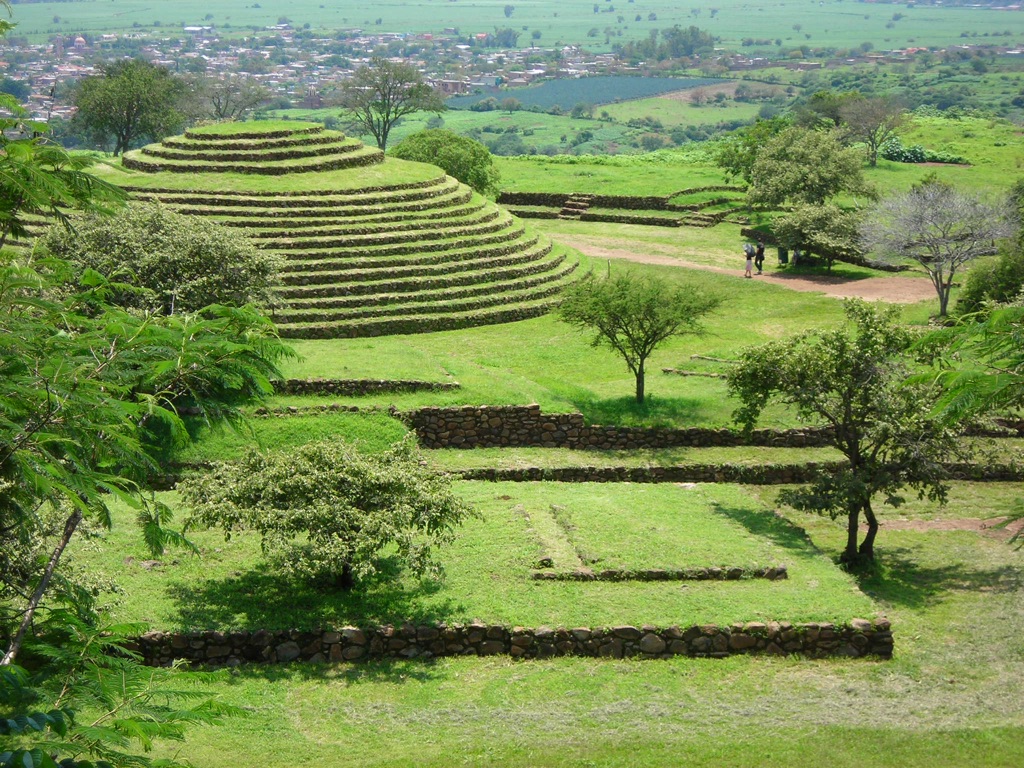
Guachimontones
Guachimontones stands as a testament to the advanced pre-Columbian Teuchitlan tradition. Located in the heart of Jalisco, Mexico, this archaeological wonder captivates visitors with its unique circular stepped pyramids. Unlike any other Mesoamerican architecture, these structures showcase complex societal and religious beliefs. Experts believe they served as ceremonial centers. The site features several of these concentric circles, each with a distinct purpose. The central altars and surrounding platforms suggest a strong community focus on ritualistic activities.
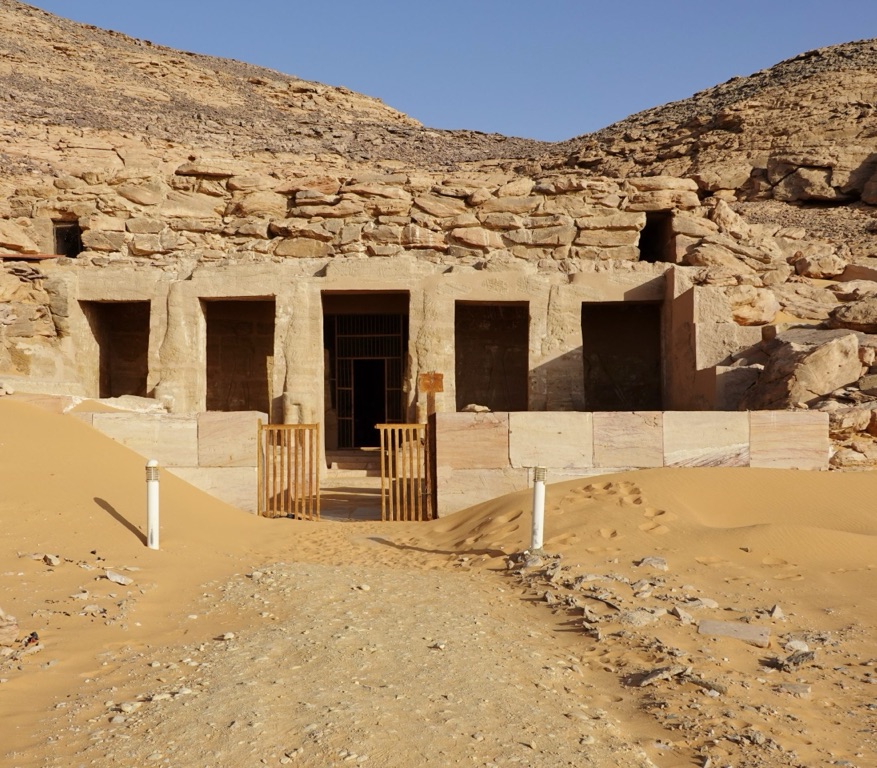
Temple of Derr (El-Derr)
The Temple of Derr, also known as El-Derr, is a rock-cut temple located in Nubia, near the shores of Lake Nasser. Constructed during the reign of Pharaoh Ramesses II, it stands as a testament to ancient Egyptian architecture and the pharaoh’s power. Notably, the temple was moved from its original location to save it from the rising waters of Lake Nasser during the construction of the Aswan High Dam. Its facade features four colossal statues of Ramesses II, each over five meters tall, etched into the rock. Inside, well-preserved wall reliefs depict religious rituals and the pharaoh’s military triumphs, offering a glimpse into the beliefs and artistry of the time.
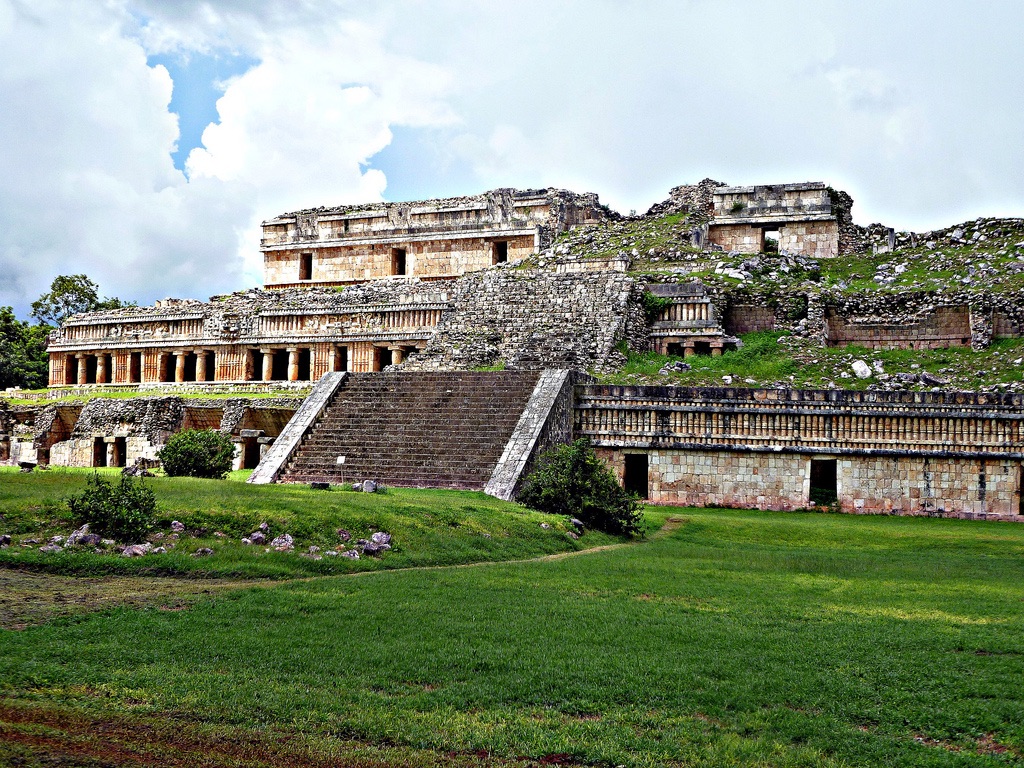
Sayil
Snuggled within the dense forests of the Yucatán Peninsula, the Sayil Ruins are a testament to the ingenuity of the ancient Mayan civilization. This site, part of the Puuc region, showcases a blend of architectural splendor and astronomical precision. Visitors can explore iconic structures such as the Great Palace, a three-story building marked by its impressive columns and intricate stone carvings. Sayil reveals the Mayans’ advanced urban planning and social organization through its remnants. By studying these grand constructions, we uncover the daily life, religious practices, and communal hierarchies of a once-thriving city.
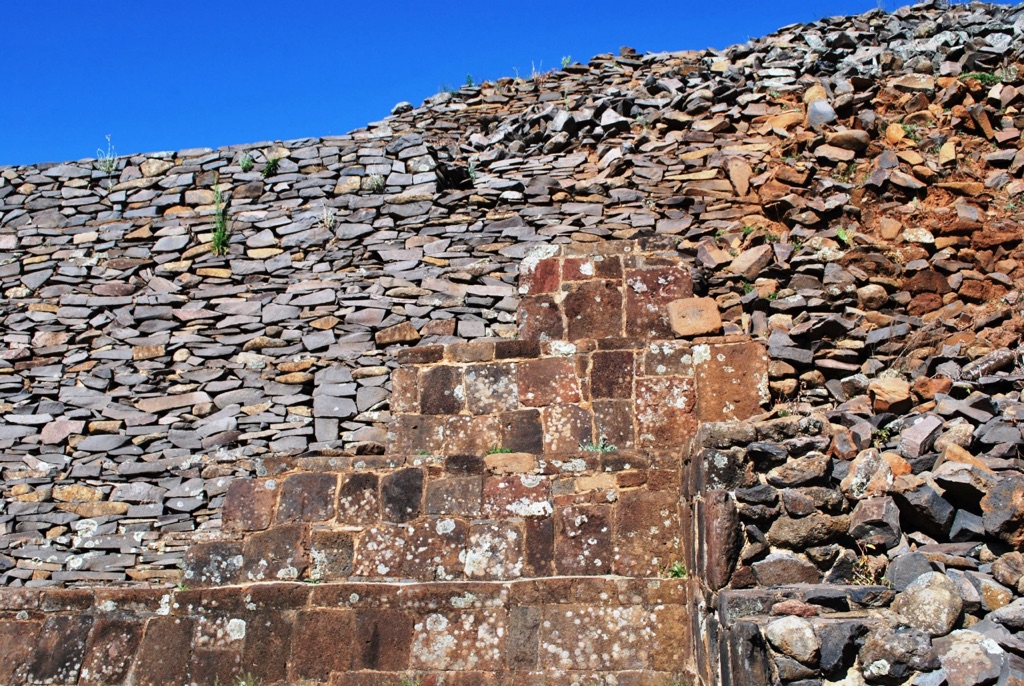
Tzintzuntzan
Tzintzuntzan holds a remarkable place in history as the capital of the Purépecha empire during the post-classical period. This ancient city, whose name means “place of the hummingbirds,” was once a bustling metropolis teeming with trade, culture, and religious activities. Today, it stands as a testament to the engineering and artistic capabilities of its builders. Visitors to the archaeological site can wander through the remains of grand temples, plazas, and yácatas—rounded pyramidal structures unique to the Purépecha. The site’s strategic location on the banks of Lake Pátzcuaro provided a natural defense and trade advantages, contributing to the prosperity and significance of Tzintzuntzan in Mesoamerican history.
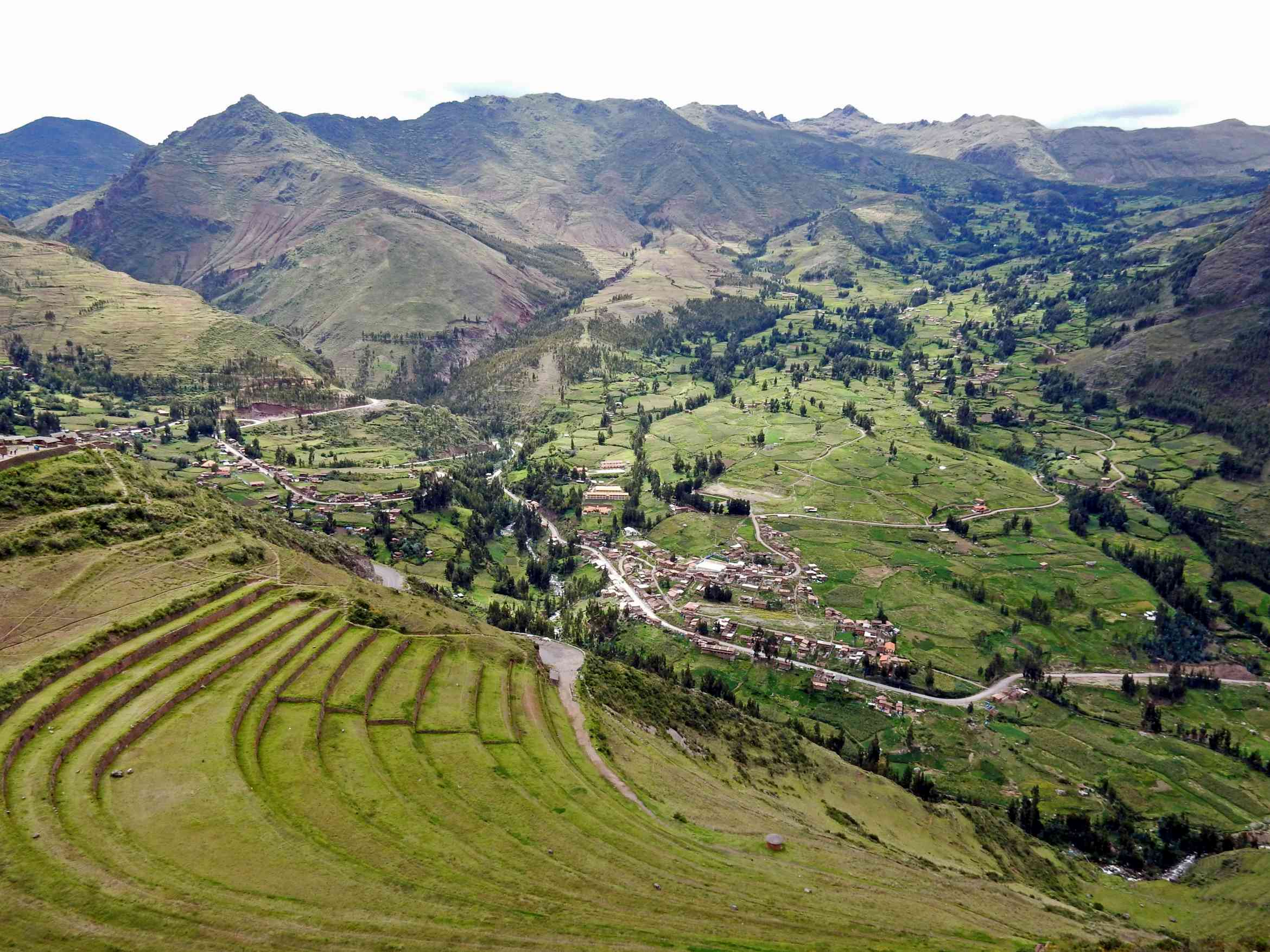
Inca complex at Písac
Perched elegantly in the Sacred Valley of the Incas, the Písac Ruins are a testimony to architectural genius. Begging exploration, this archaeological gem blends harmoniously with the rugged Andean landscape. Each terrace carved into the hillside whispers the ingenuity of Inca civilization. Here, visitors can wander through residential areas, religious sites, and a fortress. They might find themselves marveling at the precision of stone walls intricately built without mortar. Truly, Písac offers a window to the past where one can immerse themselves in the historical richness of Peru.

